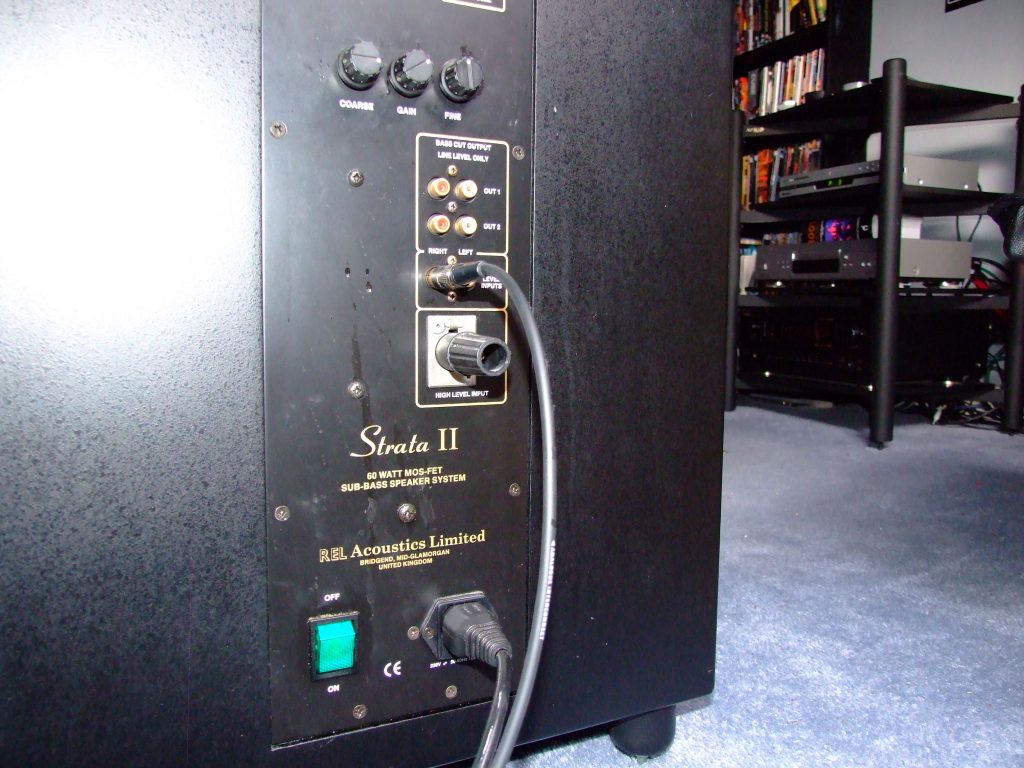When it comes to choosing speakers, you do not have to be an audiophile to know that sound quality matters. So even when space is at a premium, you still want audio that gives you a listening experience of power and performance, without costing you a ton of money or taking up too much room. This article will cover 8 things to consider when seeking to buy a low profile speaker including reasons to buy them and what to look out for .
Small or Large?
You have probably met people on both sides of the argument. One person might have an entire room set up with every audio product known to man, with a system that they are probably still making payments on. Someone else might have a set price in mind and make the choice for a product with a lower quality performance so they can stick to their budget. But what if you could design something that gives you great results, without taking up an entire room or emptying your bank account? You can!
1-4: Why you should choose Low Profile Speakers
1. A Matter of Size
One of the best reasons to choose low profile speakers is that they are, well, low profile! There are quite a few situations where space could be an issue for you. You might not want the area to be overtaken by huge speakers on the wall simply so you can get a good quality sound. Or maybe you would rather have extra space for that bookshelf full of your massive rock and roll vinyl collection. It could be that you are living in a studio with just a bed, a bathroom, and room for one speaker, but you still want high-quality sound.
2. Visual Appeal
Believe it or not, visual appeal has a lot to do with how you enjoy what you are hearing. Consider this: Let’s say you are designing a home theater dedicated to your favorite movie, complete with decals, action figures, and a mural on the wall. Do you really want an enormous speaker covering the face of your favorite character? That’s the last thing you want! Maybe you just want your area to be white and clean-cut, and you think a bunch of speakers sticking out everywhere would really ruin the mood. Visual appeal can be just as important as sound quality.
3. Performance
Way back in the day, it used to be that you could only get power and good quality audio with a large set of speakers that could not possibly even fit on the wall, and for a very high price at that. Not anymore.
Now you have options, even if you want to listen at volumes loud enough to please any heavy-metal concert fanatic. You can still make the choice to go for speakers the size of a small car, but you can also pump your tunes through a low profile product for a good price that gives excellent coverage and shows off the music, not the speaker.
4. Good Balance
Getting a good balance can make a huge difference. If you have ever been watching a movie or listening to your favorite song, and the sound seems to all be coming from one side of the room, then you know what I’m talking about.
Low profile speakers can be put almost anywhere, making it easier to get the perfect balance for your area, depending on the size and shape of the room, and the amount of furniture you have. Having the sound all come from one place can be pretty annoying. I don’t know about you, but I want to be completely lost in the movie or the song, not sitting there wondering how to fix the sound, and why it was set up that way in the first place.
How do I know what to look for in low profile speakers?
Several factors go into choosing a good speaker. Here are a few that you might want to consider to achieve the best sound for your personal preferences.
5-8: What to Look for
5. Frequency Range
According to the website teachmeaudio.com, humans can hear a frequency range spanning approximately 20 Hz to 20,000 Hz. A lot of systems have a built-in equalizer, which gives you the option of how much of each frequency you want to hear.
Lower-end products with equalizers let you adjust three ranges: treble, mid-range, and bass. Higher-end equalizers will let you adjust up to seven frequency ranges.
6. Frequency Response
Simply put, this describes the range of frequencies or musical tones a component can reproduce. Ok great, so what does that mean for me? Your choice of speakers should allow you to adjust or filter the frequencies you want to hear. Basically, you want to be able to control the amount of each frequency you are hearing, rather than having it altered as it passes through the system.
Why? Well, because every human hears things differently, and every human has their own preferences. You might have been driving down the street when suddenly your windows start rattling and you hear “boom! boom! boom!” from the car that is passing you. Maybe you think to yourself, “Oh yeah, now that’s some bass!”, but your passenger might be thinking, “how can they possibly hear any of the music through all of that thumping stuff?” Sound familiar? The speaker you choose should not filter the frequencies but should have a flat, or nearly flat, frequency response by design, so you can choose to boom, or not to boom, as you see fit.
Bass response deals with how the system handles the lower-end frequencies. Let’s go back to the example of the boom boom car driving next to you. Maybe that is too much bass for you (or your passenger) but having none at all can be just as bad and can make the sound thin and tinny. Some systems on the market are limited in their ability to produce good bass.

7. So then do I need a subwoofer?
Subwoofers are not small dogs. Ok, that was a horrible joke, I take it back. In all seriousness, subwoofers are speakers specifically designed to add more bass when the woofer is not capable of adequately generating enough on its own. Those cars next to you with the boom boom boom rattling your windows?
Those drivers probably have installed car subwoofers in their vehicles. The sound you hear from your speaker should be balanced and full, according to what frequencies you are specifically hearing and what your preferences are. Also, as it turns out, the older you get, the less sensitive your ears are to the higher frequencies, so the need for a subwoofer can be dependent on age as well. Older folks hear more bass, and if they choose not to boom, they will not want a subwoofer.
8. What about an amplifier?
If you have ever turned up the volume on the speaker all the way and it was still not loud enough, it was on account of a weak, or non-existent, amplifier. An amplifier can increase the power coming from the source, and therefore can increase the volume through the speaker.
There are quite a few products with low-end speakers that have the challenge of a weak amplifier. I can tell you I have owned a few myself. The volume needed to be loud enough for you depends on the size of the area, so the need for an amplifier depends on the size of your space and how loud you like your music. The amplifier in your speaker should provide enough volume according to your own personal preference and the size of your room. A powerful amplifier can rattle the wall, so be careful not to wake the neighbors!
Final Thoughts
It is definitely possible to design your area with low profile speakers and get anything you want from your music or movie experience. Gone are the days where you could only get good sound from massive, expensive speakers that required four men and a hand-truck just to get them into the house.
The benefits of low profile speakers can easily be seen by looking at several factors, including how much space you have (or want to dedicate to your system), how you want the room to look, and how important performance is to you.
Choosing products that will work for you is really a question of your own preferences and situation. One last word of advice: when you are deciding on a speaker, remember the customer is always right! You hear what you hear, and you like what you like. There is really no need to compromise, so decide what you want, and go for it with some low profile speakers!
Related Topic:

